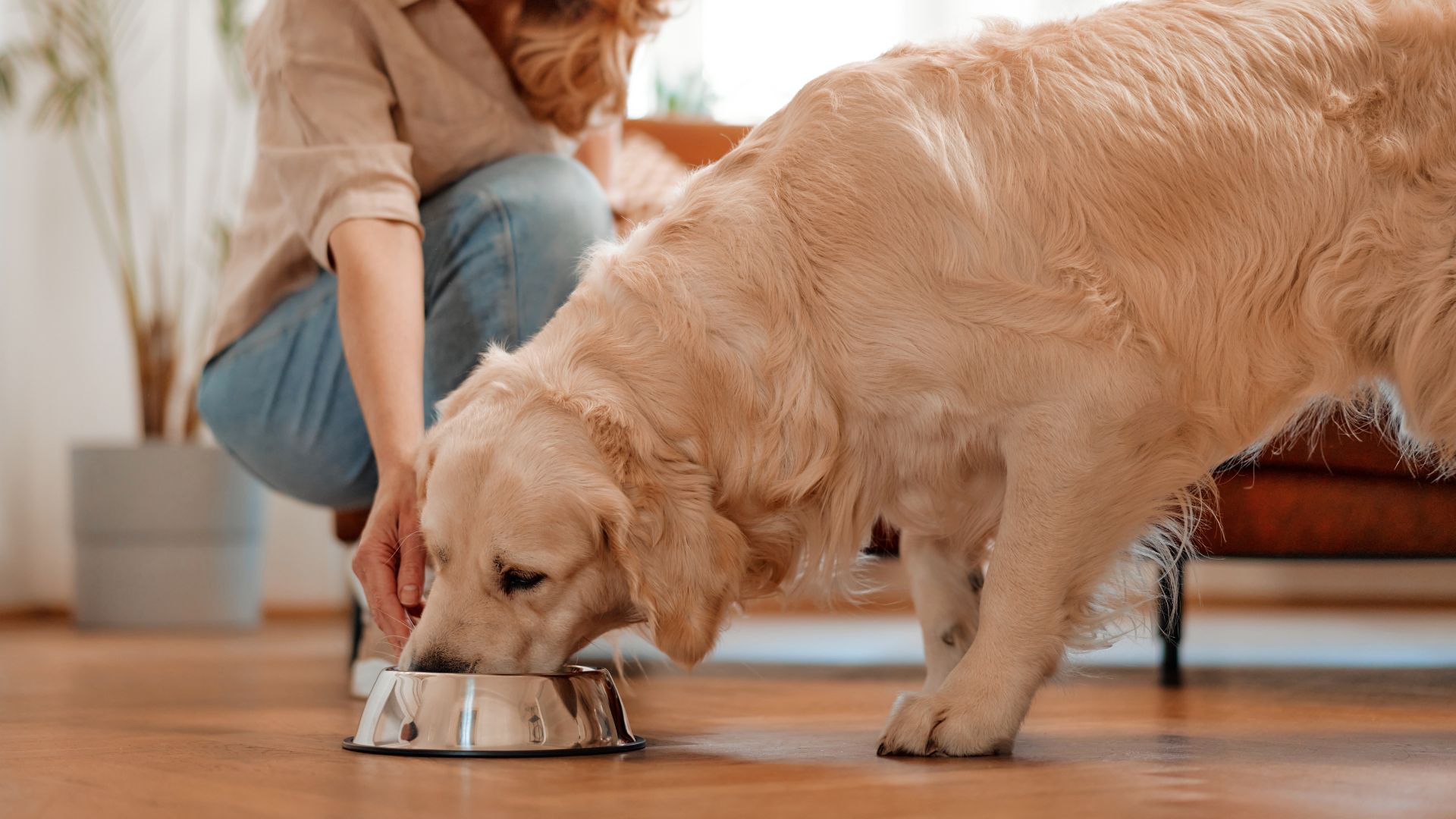For many dog owners, mealtime is a lively affair—clattering bowls, excited barking, and the occasional impatient whine. But not all dogs vocalize their anticipation. Certain breeds are naturally more reserved, showing their excitement through wagging tails or calm focus rather than noise.
These quiet dogs offer a different kind of companionship: they’re observant, composed, and content to let their actions speak louder than their voices.
Breeds that tend to remain silent during feeding time often share some traits. They’re generally confident rather than anxious, independent without being aloof, and they rely on subtle cues instead of constant vocalization. For families, neighbors, or anyone who appreciates a peaceful home, these breeds are especially appealing.
Below, we explore seven dogs known for their naturally calm demeanor—breeds that are as happy waiting politely for dinner as they are accompanying you through life.
Dog Breeds That Stay Silent Even During Feeding Time
1. Japanese Chin
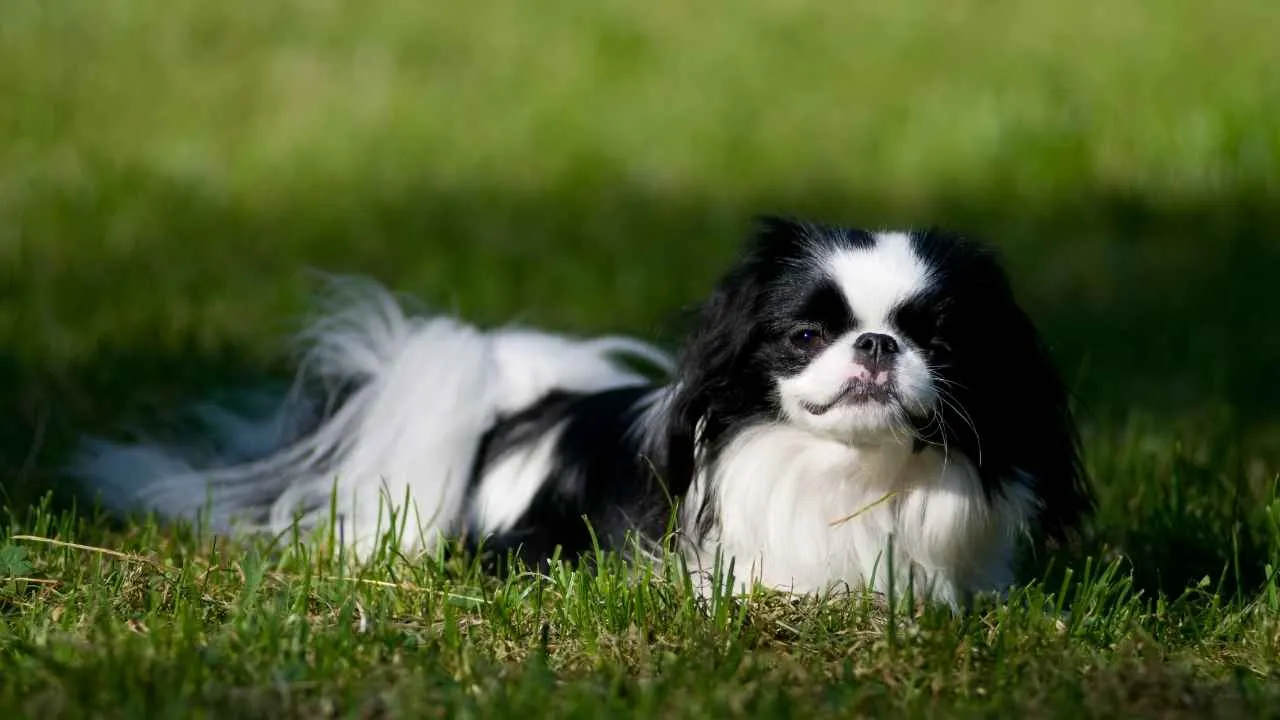
The Japanese Chin was once a treasured gift among Japanese nobility, often exchanged between palaces as a sign of refinement. Their history as companions left them with an air of delicacy, a dog bred to move through ornate halls rather than barns or fields. Even their small size feels deliberate, a purposeful design for life indoors.
At mealtime, they simply wait, sometimes perched on a cushion or hovering at the edge of the kitchen, eyes following the bowl without a single sound. That subtle restraint feels as deliberate as everything else they do.
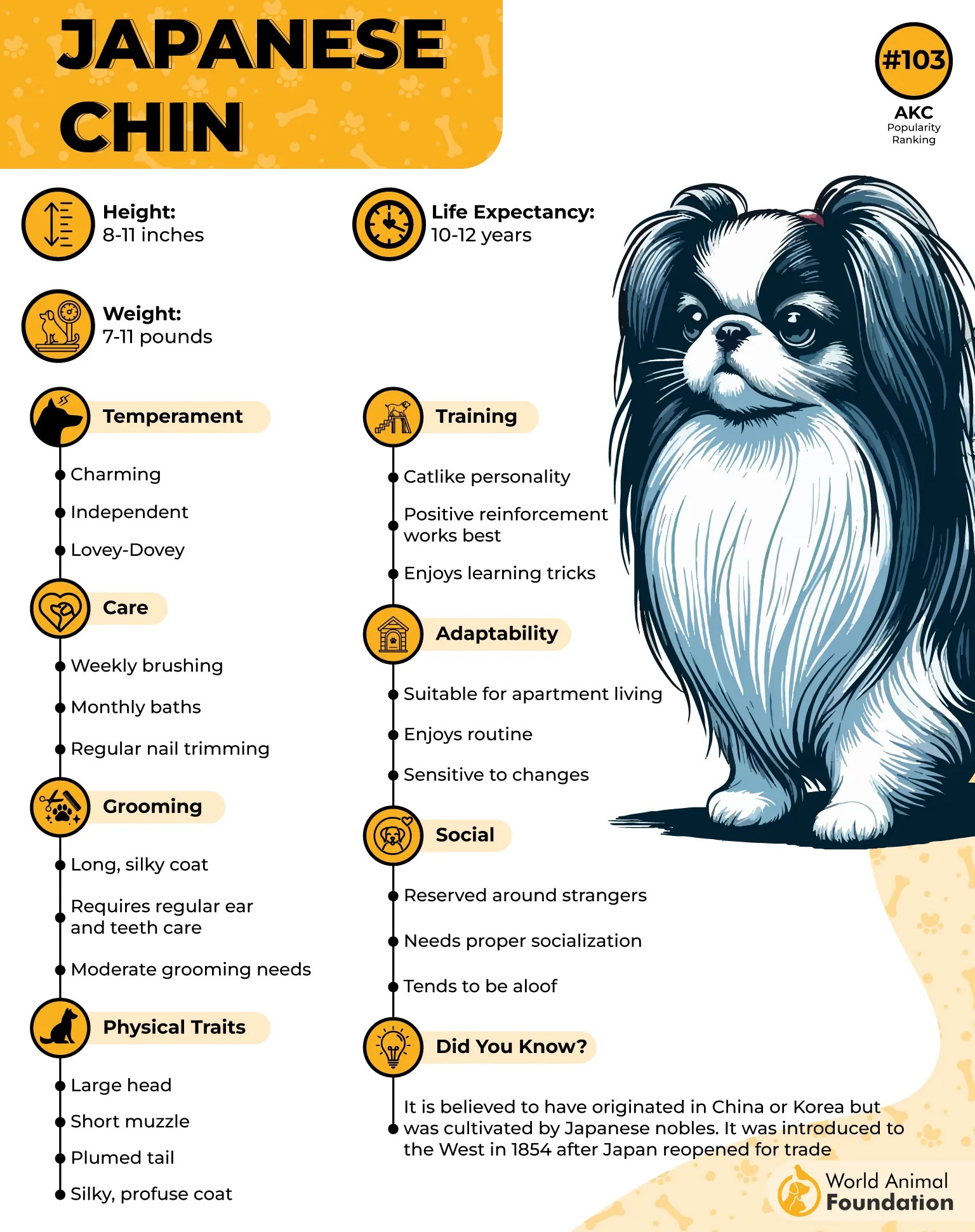
Their personality is often compared to that of a cat; they decide when to engage and when to withdraw, without fuss or drama. Owners notice they study the room before reacting, their stillness often saying more than any bark would.
Though tiny, they walk with a certain assurance, weighing under 10 pounds but never seeming fragile. The way they carry themselves gives the impression they’re aware of every step they take.
Their long, silky coat demands regular brushing, with fine strands that can mat in days if neglected. Grooming feels like a daily ritual, and they slip into a calm trance as the brush moves through their fur.
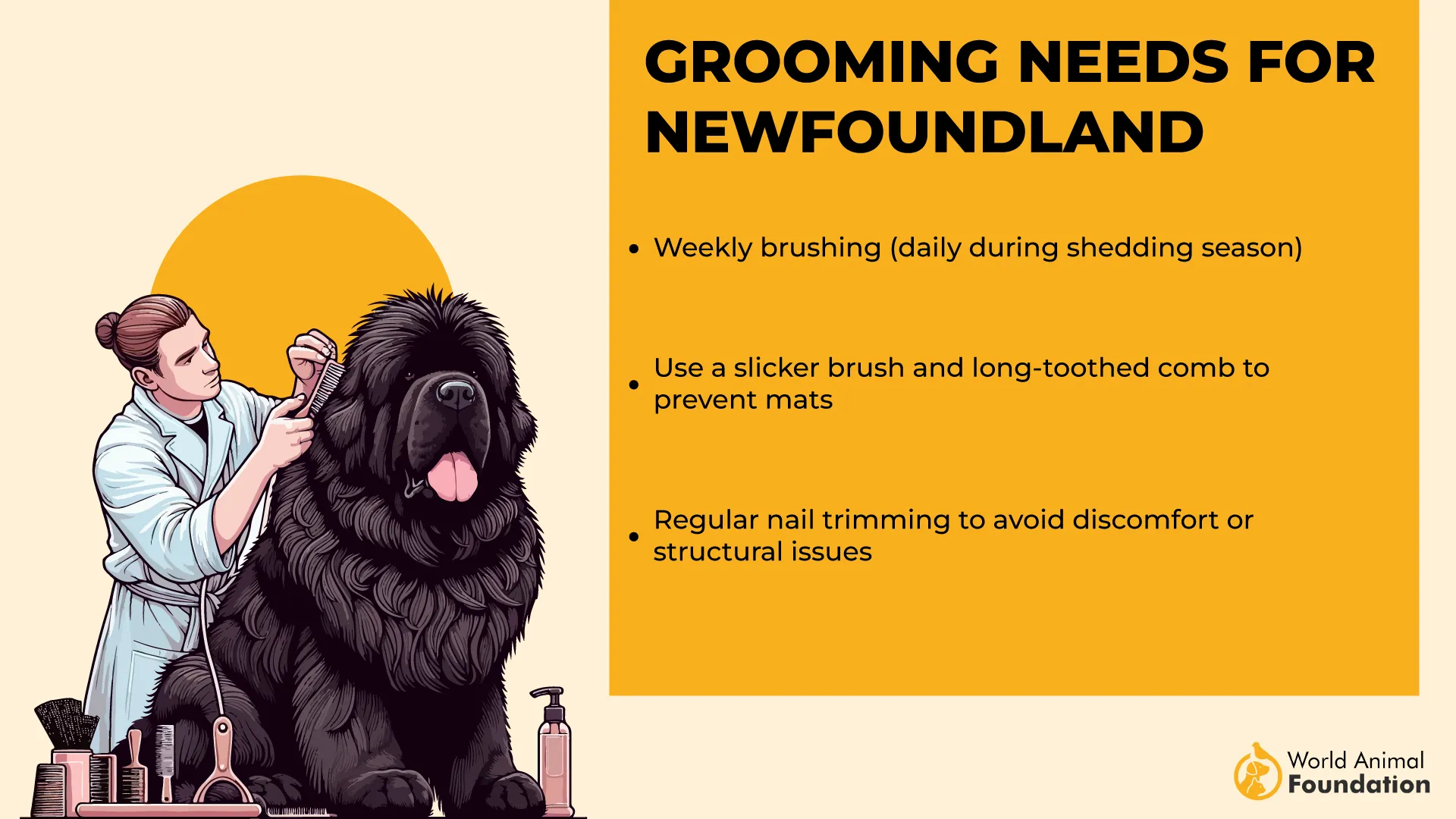
Fun Fact
In 1853, U.S. Navy Commodore Matthew Perry brought a pair of Japanese Chins back from Japan as gifts to Western dignitaries, sparking the breed’s spread beyond Asia.
2. Newfoundland

Newfoundlands were created for hard, lifesaving work on the coasts of Canada. Fishermen relied on them to haul nets and pull drowning sailors from icy waters, a role that required strength and an even‑keeled temperament. Their sheer size is striking, often tipping the scale at over 120 pounds.
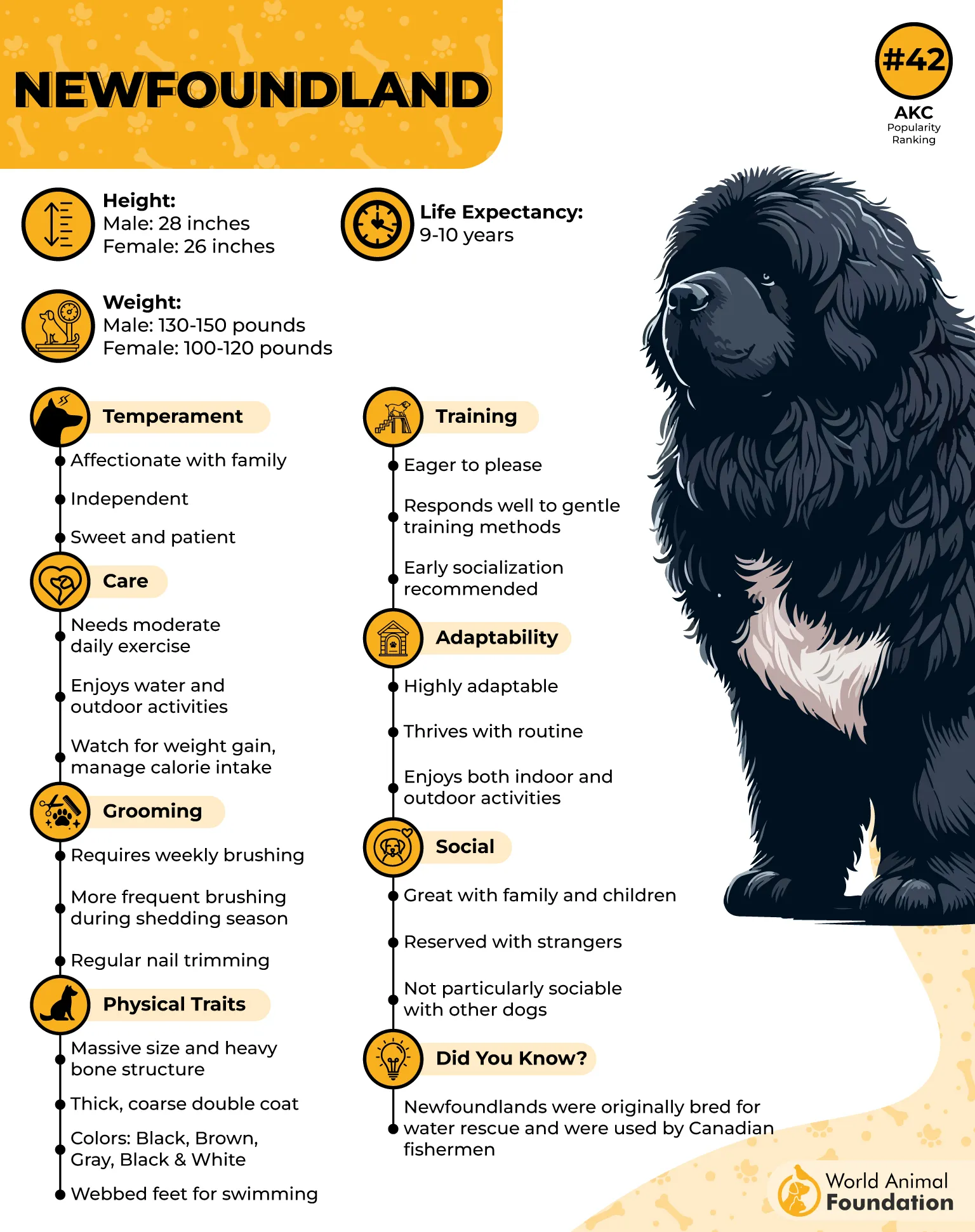
As per WebMD, their “gentle” reputation is well earned, and families often talk about how these dogs move around children with surprising care. There’s a slowness to their movements, as if they think before they take each step.
When food is involved, they don’t pace or bark—they simply sit or stand nearby, tails sweeping the floor as they track every movement of the bowl. Their massive heads hover close, but without a single sound to hurry the process.
Their dense, water‑resistant double coat is designed for the cold. It sheds heavily, especially in spring, when brushing can fill bags with fur in a single session.
Their webbed feet and deep chest are reminders of their swimming heritage, their bodies built for water, even if they never leave the living room.
Fun Fact
The Newfoundland breed inspired the character “Nana,” the faithful dog nursemaid in J.M. Barrie’s Peter Pan.
3. French Bulldog
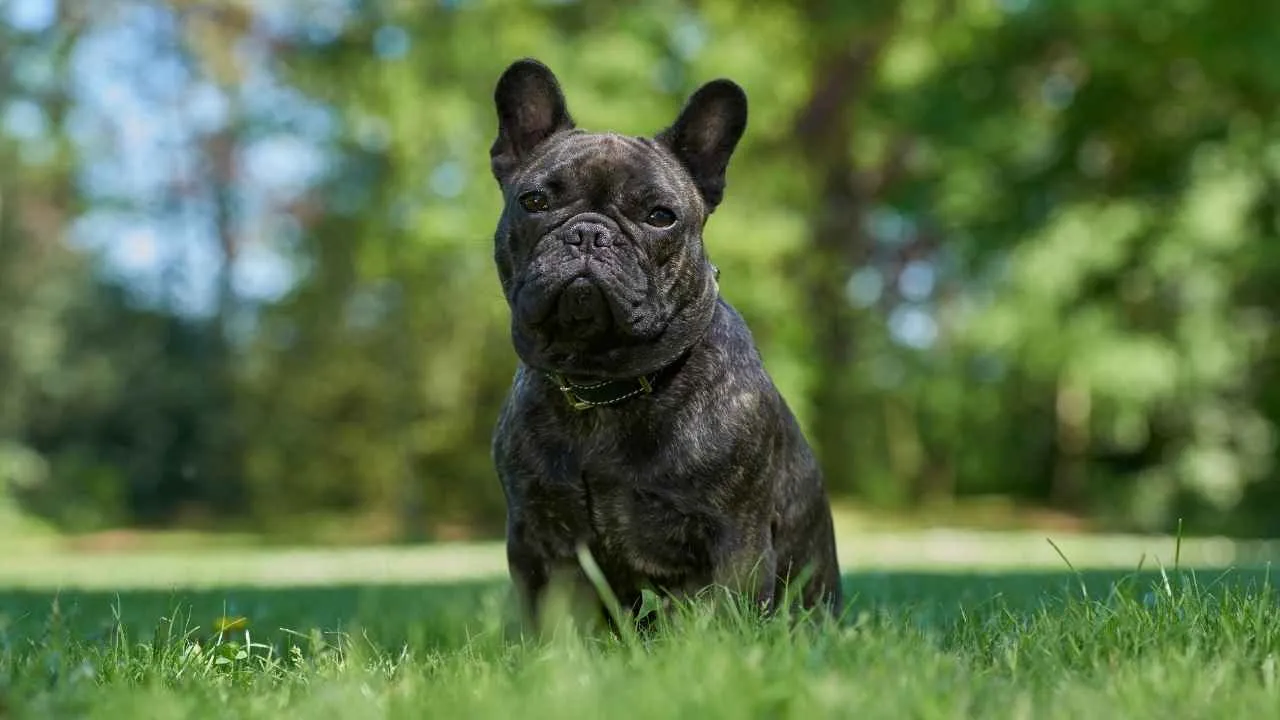
The French Bulldog’s story begins in England, bred as a companion for lace makers, before they moved to France and became beloved in Paris. These little dogs were made for human company, and that focus has shaped their temperament ever since. Their compact, muscular bodies hide a surprising weight when you lift them.
Their signature “bat ears” are constantly in motion, swiveling at every sound. They often “talk” with a glance or a head tilt rather than a bark, an entire mood conveyed in a single look.

During mealtime, they simply watch, ears perked, perhaps a small wiggle, but no yelps or whines. It’s the kind of wordless anticipation that feels built into the breed.
Their short, smooth coat needs almost no grooming, just an occasional wipe or brush. Instead, most of the care revolves around keeping them cool and breathing comfortably.
In the evenings, many French Bulldogs drape themselves across couches, their faces squished into pillows, legs splayed at odd angles that seem to defy anatomy.
Fun Fact
The French Bulldog is now the most popular dog in the United States, overtaking the Labrador Retriever.
4. Borzoi
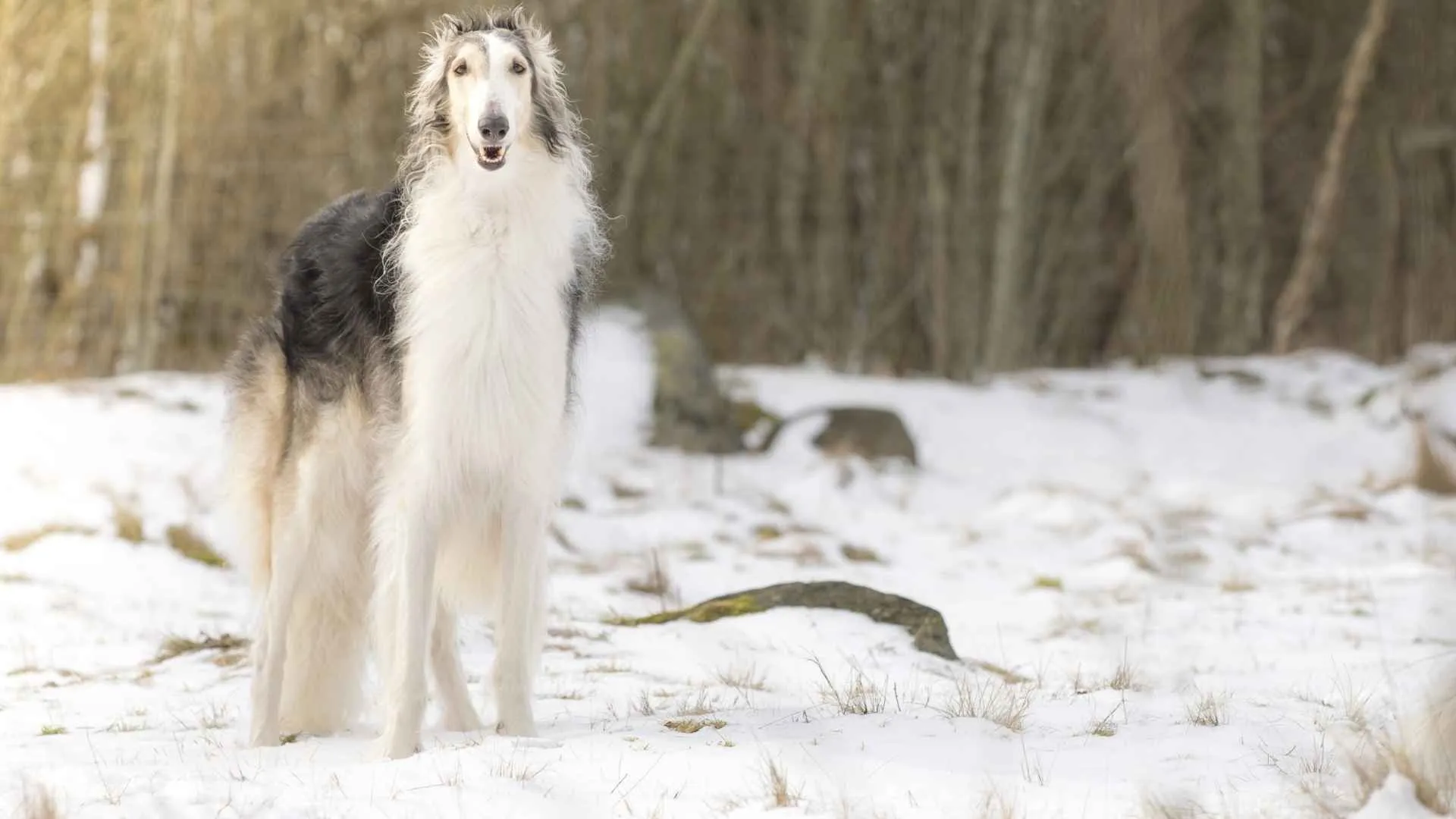
Borzois were developed by Russian aristocrats to hunt wolves across vast, open plains. Their long legs, deep chests, and powerful stride made them perfect for coursing prey, and their look remains tied to that heritage. Their name literally means “swift” in Russian.
There’s an elegance to how they move that makes them stand out even among other sighthounds. When they trot through a room, they cover ground in huge arcs, their heads low, their steps long and effortless. Their scale makes the space feel smaller around them.
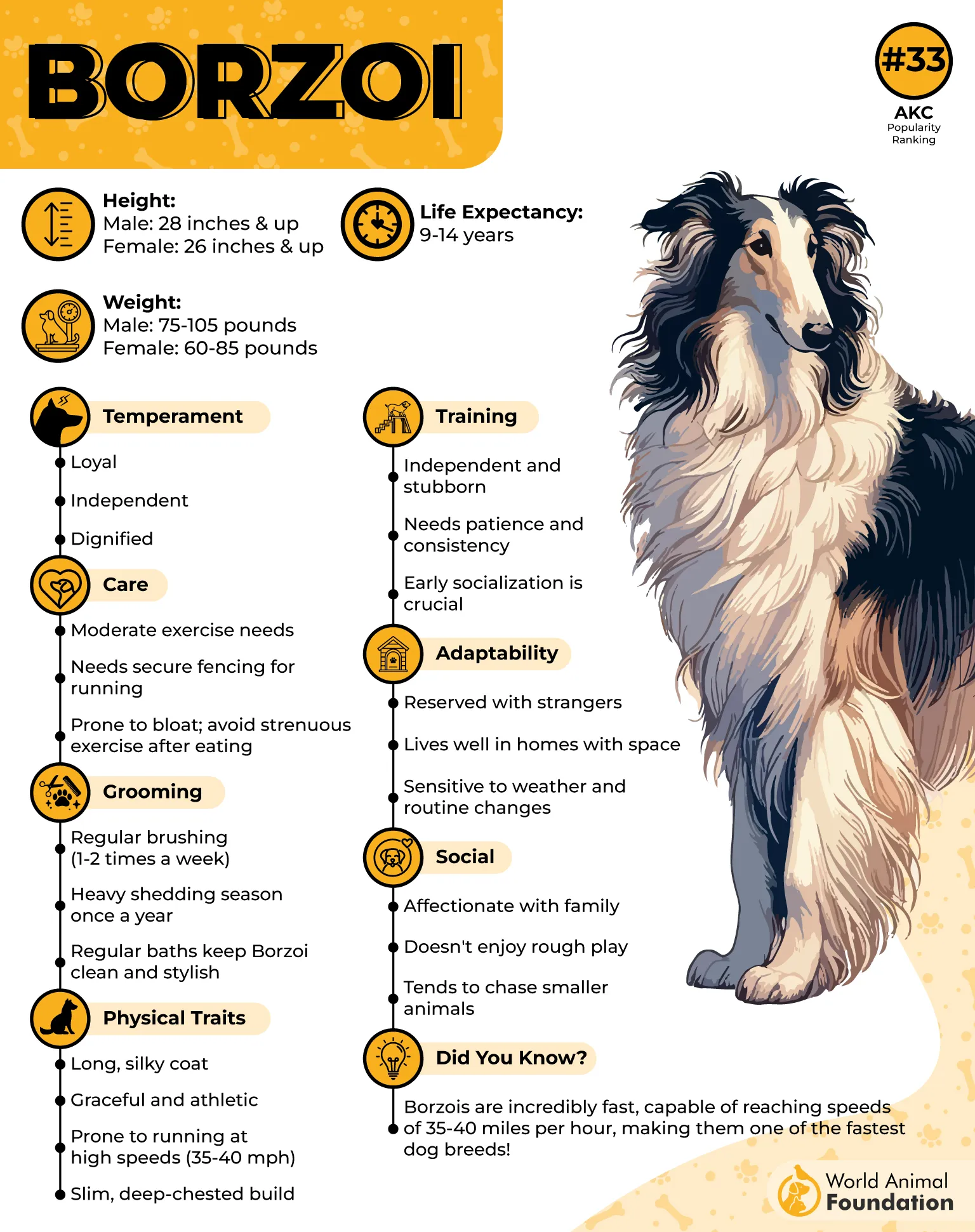
At feeding time, their reserved nature shows—they’ll hover nearby, long noses dipping slightly toward the bowl, waiting until it’s placed without a single sound. That quiet patience feels entirely in character for a dog bred to work without constant commands.
Their coats are famously long and flowing, draping over their lean frames like a cloak. As per Hill’s Pet, brushing a Borzoi isn’t just maintenance—it’s an almost sculptural process, shaping out tangles and pulling loose hair from the undercoat. Owners keep combs nearby year‑round.
The Borzoi’s head is narrow and impossibly long, the muzzle tapering to a fine point that makes the eyes appear even larger and more striking.
Fun Fact
For centuries, Borzois were gifted by Russian czars to European royals, and the breed appears in paintings, tapestries, and sculptures as a symbol of refinement.
5. Whippet
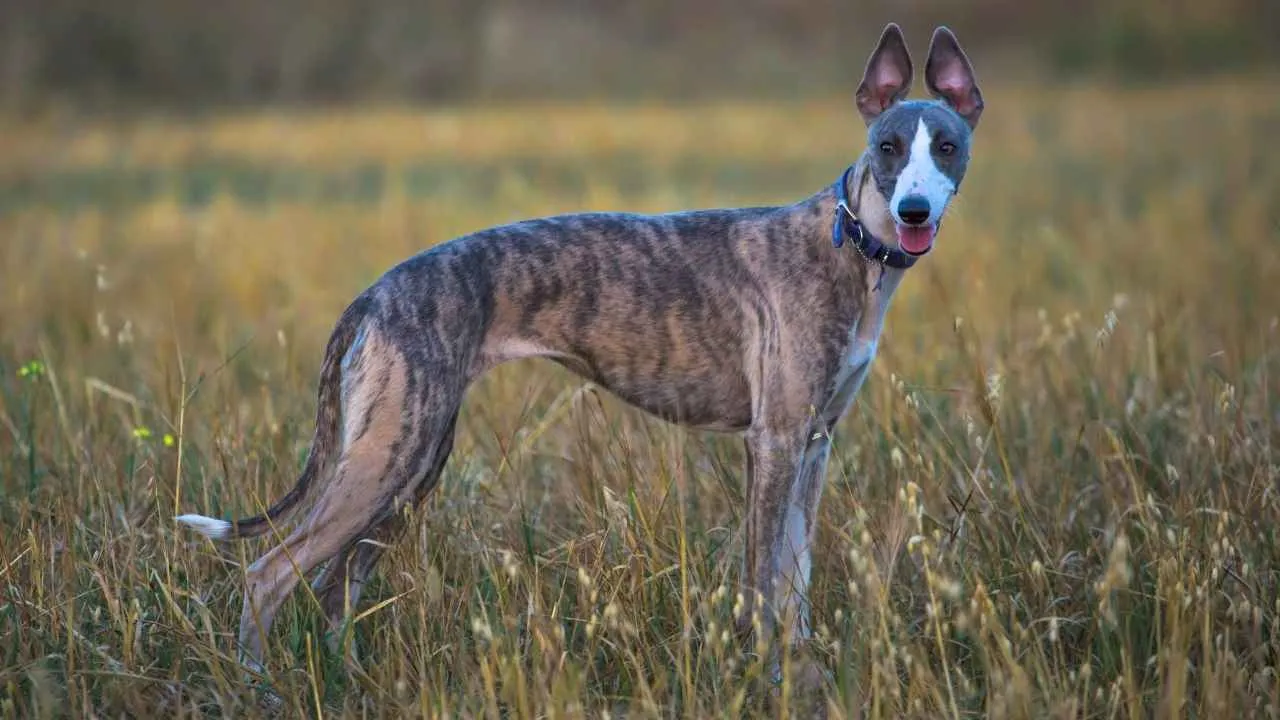
Whippets were bred for speed, descending from Greyhounds but in a smaller, more compact frame. They were once the “poor man’s racehorse” in England, sprinting after rabbits or chasing lures for sport. That athletic heritage still defines their shape and their movement.
Their lean, aerodynamic bodies make them natural sprinters, capable of bursts of incredible speed that leave other dogs behind. They are equally known for their sudden “zoomies” and their ability to collapse into stillness afterward. Their dual nature makes them as much of a sofa fixture as a yard sprinter.

During meals, they tend to show their restraint by waiting on the edge of the kitchen, tails tapping the floor softly. Owners often comment that the only sign of anticipation is the tilt of a Whippet’s head as the bowl is carried over.
The short, fine coat is almost like velvet to the touch. It sheds very little but offers little insulation, which means Whippets often seek out blankets or sweaters in cooler weather. Owners learn to keep them warm as much as they keep them active.
Their long, narrow heads and deep chests are classic sighthound traits. When they curl up to sleep, they fold in on themselves until they look almost cat‑like.
Fun Fact
In Victorian England, Whippet races were a popular pastime among coal miners, who nicknamed the dogs “snap dogs” for their quick reflexes.
6. Scottish Deerhound
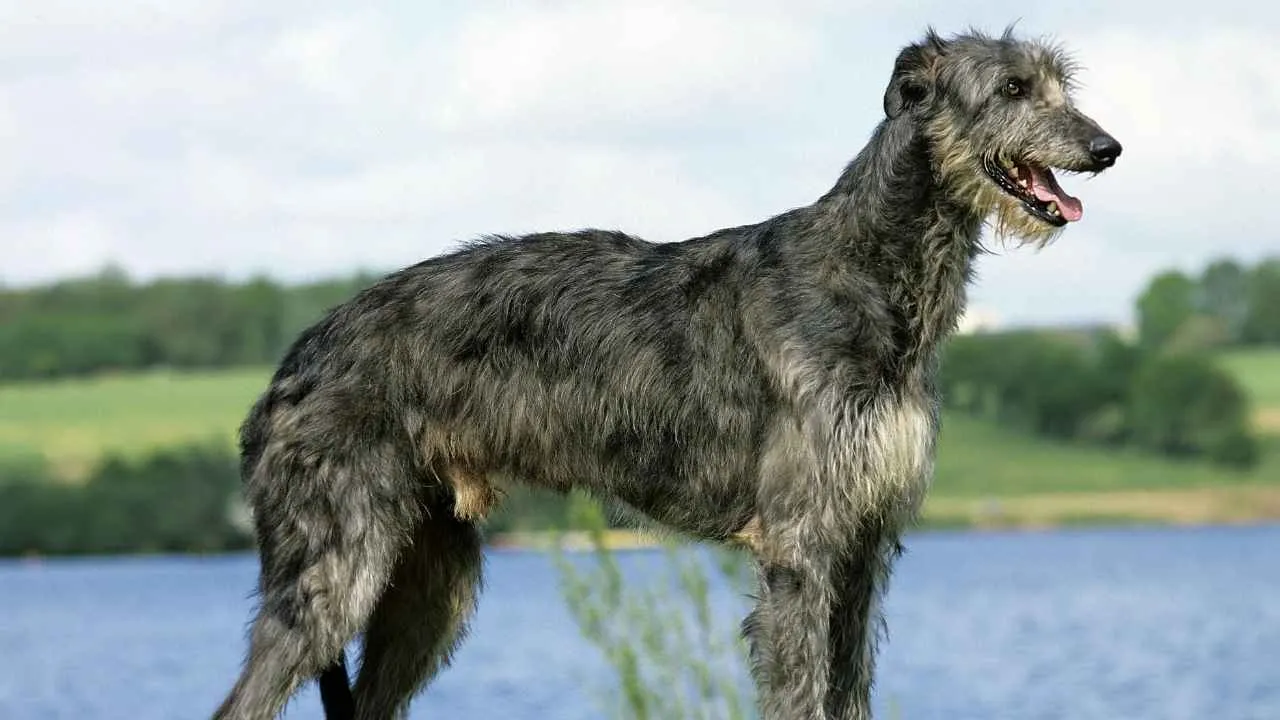
The Scottish Deerhound carries centuries of hunting history in its frame. Bred to chase and bring down massive red deer, it needed both size and speed to do the work. Their silhouette is a reminder of that original purpose.
When food is involved, they rarely push or clamor—they’ll simply lower themselves to the floor and wait, their long frame folded, their eyes fixed on the meal without a single bark. That calm presence makes them feel even larger in the space they occupy.
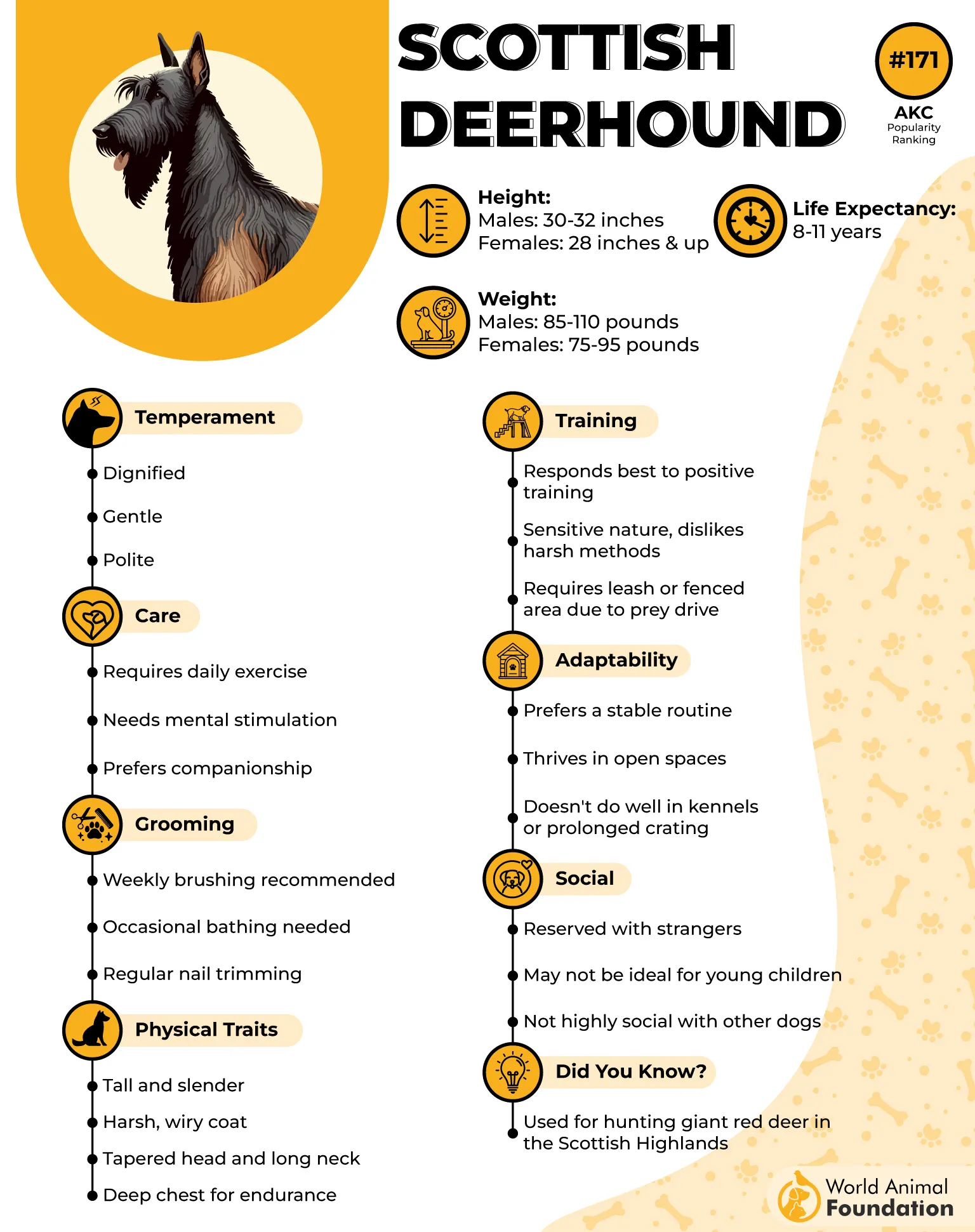
Standing nearly as tall as a person when on their hind legs, Deerhounds are imposing but never harsh in demeanor. According to the AKC, they’re known for their gentle approach to people, even as their size fills a room. The contrast between their scale and their softness is part of their appeal.
Their rough, wiry coat has a weathered texture that feels almost rustic. It protects them from cold, wet conditions, but it also tangles and needs regular care to stay manageable. Brushing often reveals a surprising amount of soft undercoat.
The shape of their head—long and narrow, with dark, watchful eyes—gives them a look that feels almost mythical in certain light.
Fun Fact
Scottish Deerhounds were once so prized that ownership was restricted to nobility in Scotland, earning them the nickname “Royal Dog of Scotland.”
7. Akita
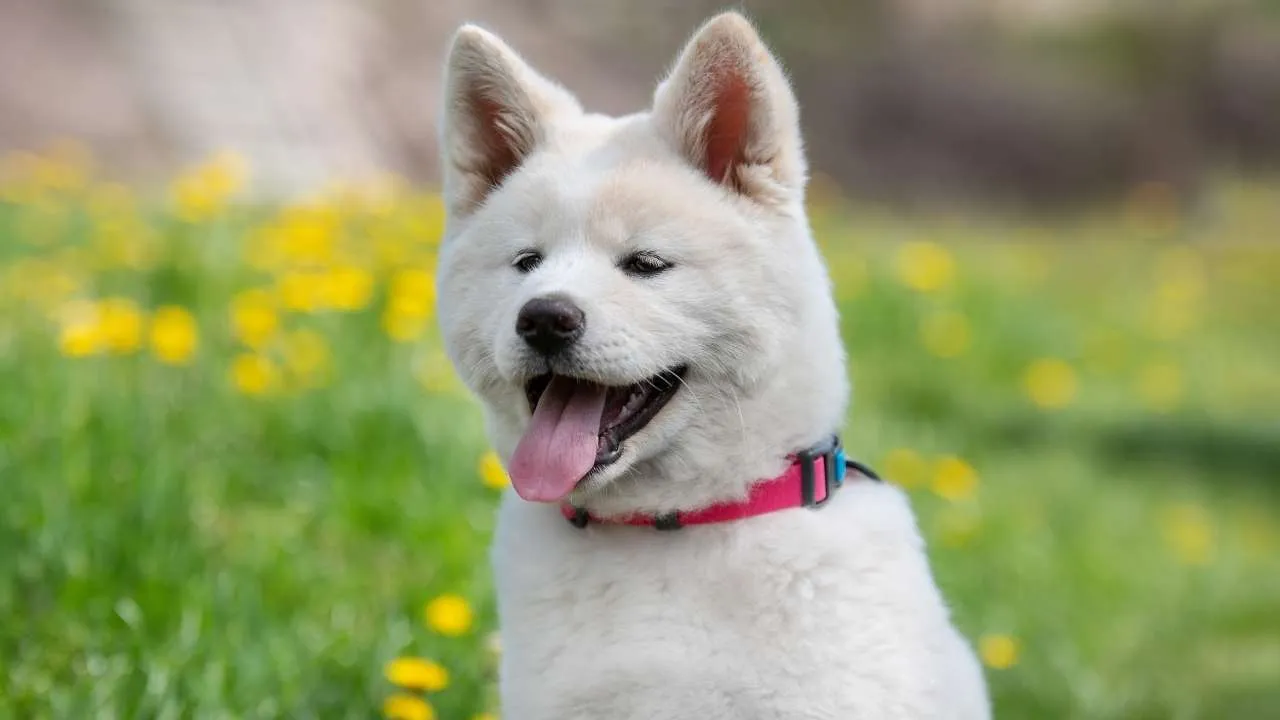
Akitas originated in Japan, where they were bred to hunt formidable game like wild boar and even bears. Their power and size made them valuable as guardians of property and family, and their calm confidence remains at the core of the breed today. Statues of Akitas are still placed at entrances in Japan as symbols of loyalty and protection.
They are famously devoted, bonding deeply to their families and often keeping a steady watch over everything in their home. Their focus can feel intense at times, as if they’re reading the room without needing direction.
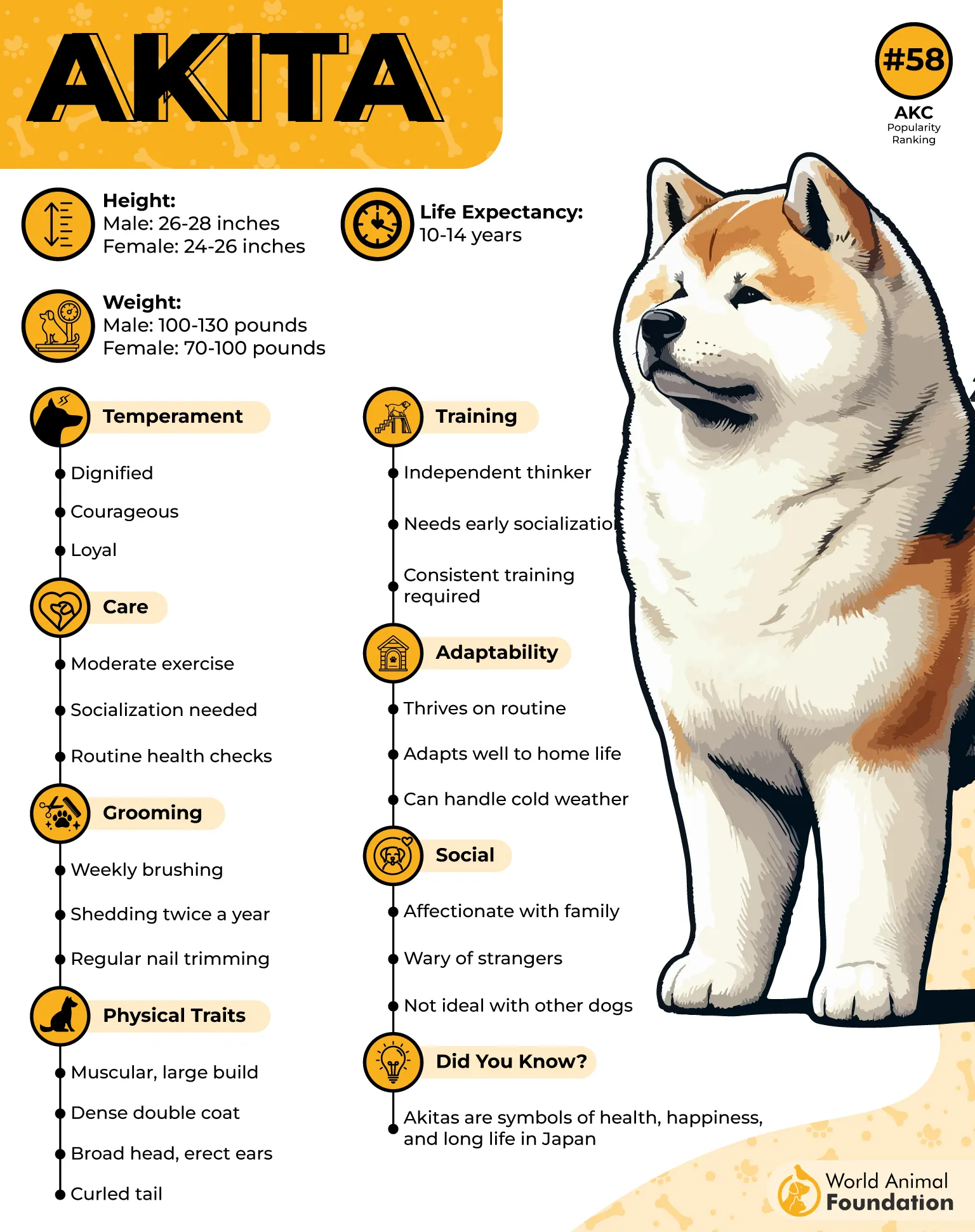
At mealtime, that focus doesn’t turn noisy—they’ll wait close, sometimes leaning lightly against their person, their gaze fixed on the bowl being placed down, every signal happening without a bark.
Their coat is thick and plush, built to withstand harsh winters, and it sheds heavily during seasonal “blowouts.” A single brushing can fill bags of fur, and the grooming becomes part of an owner’s weekly routine.
Their curled tail arches over their back in a striking loop, rising and shifting slightly when they walk, a subtle marker of their presence in the room.
Fun Fact
In Japan, Akitas are given as gifts to mark births or major achievements, thought to bring health, happiness, and long life.
Conclusion
In the dog world, some breeds stand out for their ability to thrive in calm environments without much noise. These are the quietest dog breeds, generally calm, rarely bark, and rely on body language more than sound to express themselves. For pet parents looking for a wonderful companion, these dogs are a wonderful choice, perfectly suited for households where a laid‑back personality matters.
Many are low‑maintenance or short‑haired, though some have exercise needs that include short bursts of energy and daily exercise. They may be a low‑energy couch potato indoors, but they still enjoy spending time outside with other pets and people. Their affectionate nature, even‑tempered demeanor, and independent nature make them excellent companions who form strong bonds with their families.
Whether a mild‑mannered pup or an enormous size breed, each one brings a sweet‑natured presence, a playful moment here and there, and the kind of company that makes any day better.


